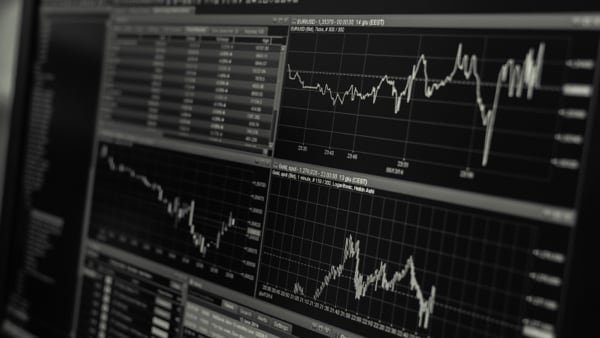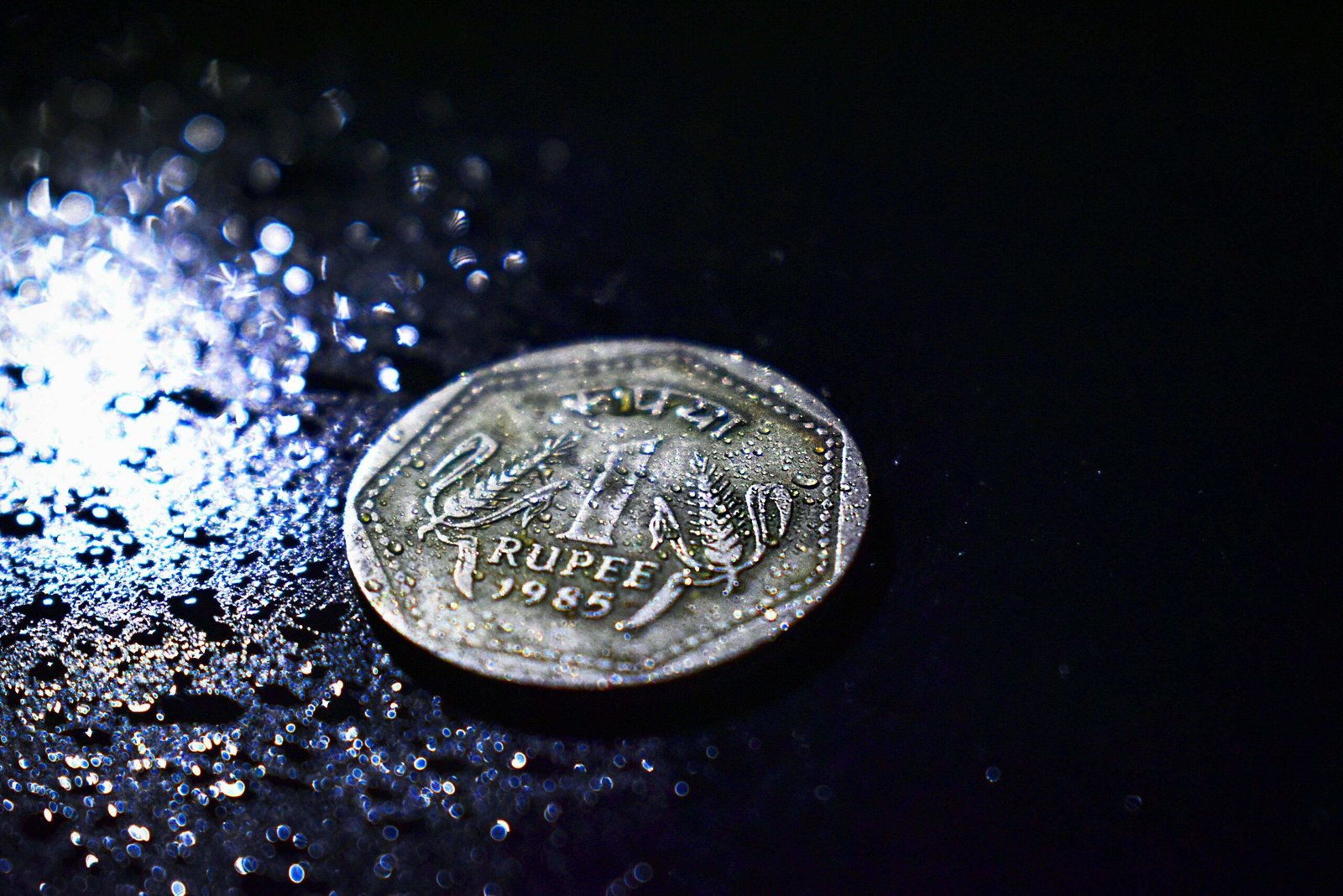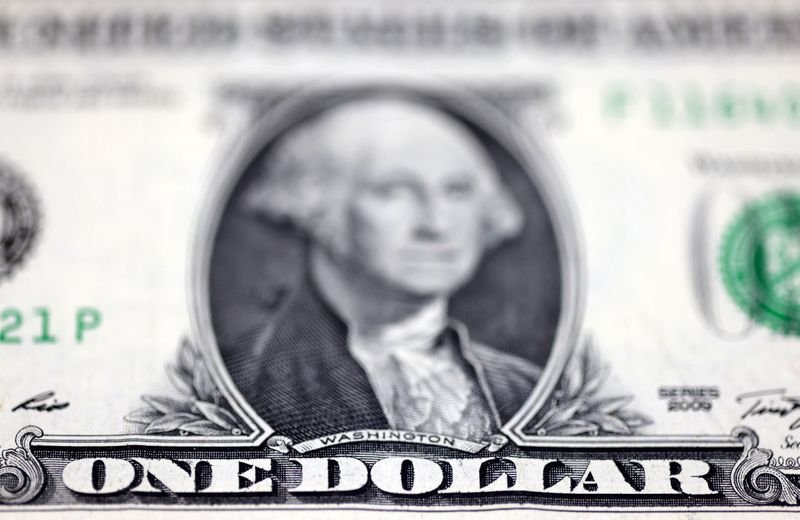(Bloomberg) — Ten months into his tenure, India’s central bank head Sanjay Malhotra has sent a clear signal to currency traders: the rupee can move a little more freely, but speculators risk getting crushed.
The currency rallied nearly 1% on Wednesday after the Reserve Bank of India waded into both offshore and onshore markets, forcing traders to scramble to cover their short bets. The intervention has effectively ended talk about the rupee breaching its all-time weak point near 88.80 rupee per dollar. It was trading around 87.93 on Thursday.
With the rupee under pressure from US trade tensions and foreign outflows, the RBI’s action signals it will allow some flexibility but step in when needed, traders said. With a growing economy, low inflation, and $700 billion in reserves, the central bank has both the firepower — and the resolve — to fend off those it calls speculators.
The RBI’s message appears to be “when you intervene, intervene aggressively,” said Kunal Sodhani, head of treasury at Shinhan Bank in Mumbai. Sodhani said the rupee could strengthen to 87.40 in the coming days.
MUFG Bank now says it could strengthen toward 87, while Kotak Mahindra Bank projects a range of 87.50-89, with the currency likely to rise past the lower end of that band as tariff concerns fade.
Wednesday’s move brought back memories of a two-day market frenzy in early February, when the central bank unexpectedly reversed a protracted one-way slide in the rupee, surprising traders. On both occasions, the RBI appeared to be targeting one-way bets against the rupee.
Such positions have swelled in recent months, driven in part by high US tariffs, according to Rajeev De Mello, global macro portfolio manager at Gama Asset Management. The pressure has kept the rupee teetering near record lows, driving away foreign investors, and kept inflation risks alive in the fuel-importing nation.
The currency is near the bottom of the Asian pile this year, despite a 7.6% fall in a gauge of the dollar which has boosted most regional peers.
Read: Currency Officials Go on Offensive as Trade Angst in Asia Mounts
With the RBI wielding the rod again, market participants “will think twice” before betting against the rupee, according to Michael Wan, senior currency analyst at MUFG Bank Ltd. The central bank was said to be continuing with its interventions, albeit at a smaller scale on Thursday.
The central bank’s aggressive dollar sales also caught traders off-guard at a time when exporters’ dollar inflows have shrunk amid the punitive tariffs. The strategy has been effective — the options market had earlier priced in a drop toward 90 per dollar, especially in longer tenors, Barclays Bank Plc said. Recent trading now reflects expectations of resilience in the local currency, according to Mukund Daga, global head of currency options at the UK bank.
The rupee extended gains on Thursday, rising as much as 0.4% against the dollar. India’s economic fundamentals determine the exchange rate, and the rupee has not strengthened as much as other currencies, Malhotra said in Washington on Wednesday.
The rupee’s rally also comes at a time when momentum builds for a trade deal between India and the US, with some analysts linking the central bank’s action to the favorable optics brought about by a stronger local currency for an agreement with Washington.
“If the RBI has indeed intervened, it may reflect growing impatience with FX weakness, which at the least may send a positive signal to the US as trade discussions continue,” said Barclays strategist Mitul Kotecha.
To be clear, the RBI’s latest action doesn’t necessarily mean that it has returned to the vice-like grip it had maintained over the currency under Malhotra’s predecessor Shaktikanta Das.
“I don’t think the RBI will intervene in this large way again and again — this is pretty much a one-off,” Shumita Deveshwar, chief economist at GlobalData.TS Lombard, said on Bloomberg Television.
More stories like this are available on bloomberg.com






